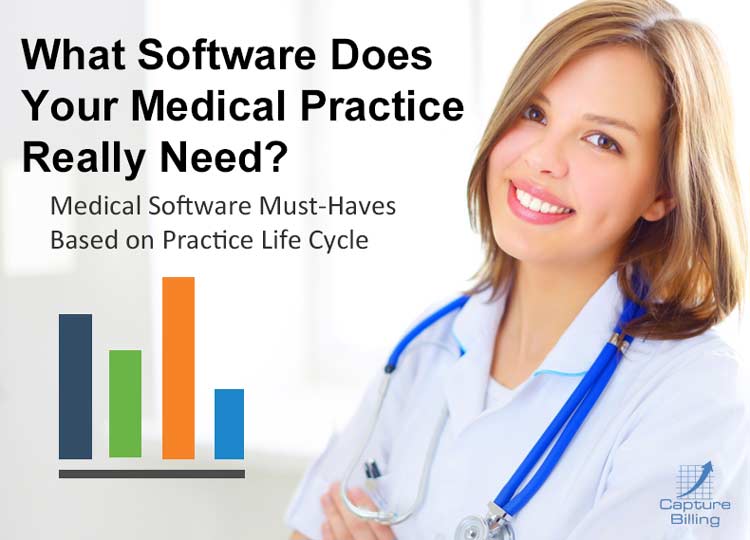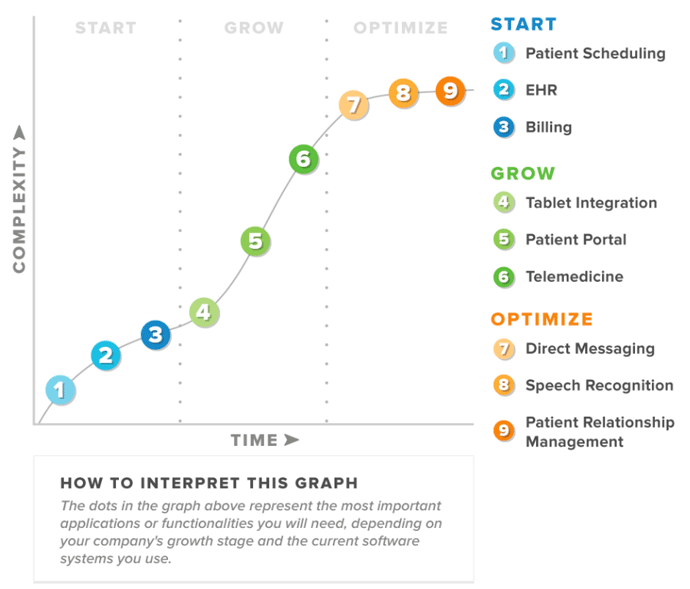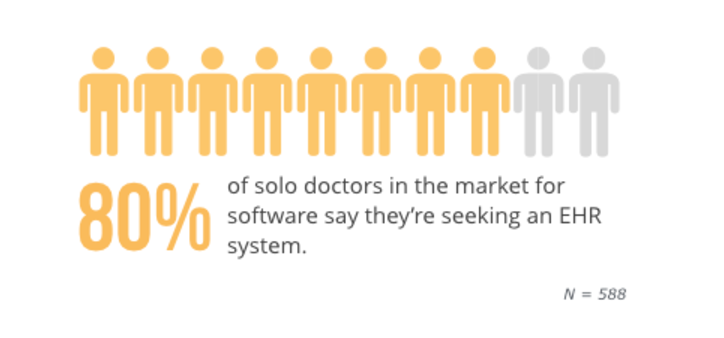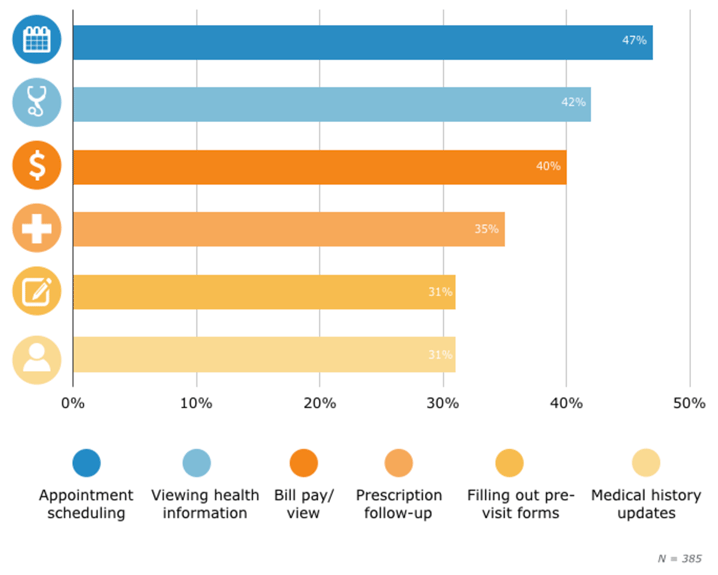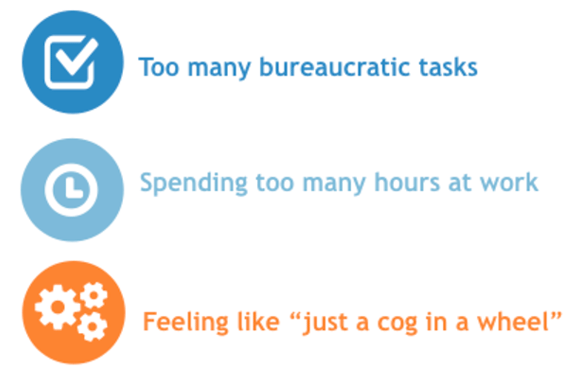Meeting revenue cycle goals by simplifying the complexities of self-pay management
by Ted Williams
The cost of healthcare is quickly rising across the nation, and patients are shouldering the majority of the price increases through higher deductibles and out-of-pocket expenses as expenditures continue to shift from employers to patients. According to a TransUnion Healthcare report released during HFMA’s 2016 National Institute in Las Vegas (www.marketwired.com/press-release/-2137926.htm), patients experienced a 13% increase in medical costs between 2014 and 2015.
A rise in self-pay patients usually signifies an increase in bad debt risk that can have a sharp and negative effect on revenue streams. As expected, healthcare organizations responded to this upward trend in patient financial responsibility by dedicating more attention and resources to managing their self-pay accounts. But are additional complications necessary? Can self-pay accounts be managed more effectively by actually taking fewer and more logical steps?
A unique view of self-pay
Recent work with pre-acute care providers, such as emergency medical services (EMS) and emergency medicine physician groups, reveals that most of these providers are struggling to address self-pay accounts. Hospitals and health systems report similar concerns. Addressing the rise in self-pay patients requires a shift change in revenue cycle management strategies and tactics.
Instead of raising the level of complexity required to manage self-pay receivables, providers should try to simplify efforts?work smarter, not harder. Determining patient propensity to pay is one of these practical steps. Using the pre-acute care sector as one example, qualification for accounts management can be radically simplified with significantly fewer steps.
By first determining the self-pay patient’s available resources and subsequent likelihood to pay, providers reduce cost and risk. This is particularly critical for organizations with lower margins and higher overhead. These propensity-to-pay efforts accomplish the following strategic revenue cycle goals:
- Simplify revenue collection with standardized, repeatable processes
- Maximize staff return on investment by focusing efforts only on those self-pay patients who are able to pay
- Increase team morale by providing necessary tools for an efficient and productive workplace
- Minimize patient friction and improve patient financial engagement
Understanding a patient’s propensity to pay before you drop the bill is becoming essential to ensure fluid revenue streams and will become even more critical as deductibles and co-pays continue their upward trend.
Filtering self-pay accounts supports new paradigm
Current patient-as-payer statistics are a bit gloomy. On average, healthcare providers typically collect anywhere from 2%?60% of total balances, according to a recent HFMA report based on patient characteristics and balance amounts (http://tinyurl.com/joslj4x). And when balances rise above $ 2,000, providers can expect to collect an average of only 4%?40% percent of the amount owed. Knowing which accounts to pursue is critical.
Even the best and most efficient business office employees take about an hour to process 8?10 self-pay accounts. Time spent is largely consumed by populating demographics, searching for insurance, resourcing a hospital’s network to find additional information, and using myriad third-party services to fill in additional blanks as part of normal due diligence.
Conversely, by automating the countless billing gyrations into a few simplified steps to determine propensity to pay and previously undiscovered payer sources, healthcare providers could realize tenfold increases for the same amount of money (or less) that they invest in a patchwork of unnecessary services.
For Empress EMS, a 55-ambulance emergency medical transport company in Yonkers, New York, the use of front-end technology tools reduced time spent researching insurance coverage by 500 hours per year and return mail by 50%. The EMS provider verifies demographics, identifies any possible insurance coverage, and provides propensity-to-pay scores for self-pay transports as early as possible within the billing cycle.
The intangible: Patient satisfaction
One key to healthy revenue cycle management in the new healthcare economy is to put the patient first. The modern reality is that the healthcare industry is moving rapidly in that direction by advancing real-time integration of clinical and financial data to provide a more realistic and timely care experience.
With self-pay patients, putting the patient first means working to attain all necessary payer information without bothering the patient or family. Some proven tactics include using presumptive charity tools and identifying accounts with a high likelihood to qualify for government assistance. Reach out to the patient with a proactive plan instead of demanding information at the time of care.
Since pre-acute episodes are often urgent in nature, the focus may be on saving a life versus verifying insurance. While many pre-acute care providers presumably have access to the same patient demographic and insurance information as the hospital has, they rarely do. Information sharing is problematic for this sector of the healthcare delivery network. Even when shared data access is available, the assumption that hospital information is accurate often leads to denied claims and other downstream pitfalls.
Streamlining the task of determining patient propensity to pay through technology is an effective way to capture necessary demographic, insurance, and payability information without additional friction. Implementing a front-end process to target back-end billing activities eliminates ineffective efforts among collection teams, patients, and patients’ families. Statements are reduced and paperwork is eliminated when self-pay accounts with no or little ability to pay are more quickly reclassified to charity care, alternate payer sources, or bad debt.
How can HIM help?
HIM professionals can help organizations manage self-pay patient populations by serving as patient financial advocates, working together with revenue cycle and clinical teams to quickly distinguish self-pay patients. Once self-pay patients are identified, these advocates research payment options and engage in active dialogue with patients and their families.
HIM professionals are well-suited to move into patient financial advocate roles because they possess an in-depth knowledge of healthcare processes, including coding, denials, privacy rules, and reimbursement regulations.
Conclusion
Due to the fact that patient responsibility as a percentage of overall revenue is on the rise, pre-acute healthcare providers have seen their billing-related costs and accounts receivable levels precipitously increase. The pressure to increase collection yields while simultaneously reducing costs can be daunting, especially for many pre-acute care providers that have a small staff where maximizing billing and collections productivity is essential.
The key to addressing the new self-pay paradigm lies in establishing efficiencies that allow staff to quickly determine patients’ propensity to pay and the ability to create buckets that group patients based on their payment risk. The benefits include increasing cash, maximizing insurance reimbursement, and resolving patient balances to ensure a healthy, stable, and continuous revenue stream.
Editor’s note:
Williams is the founding partner and vice president of PayorLogic. Contact him at [email protected]. Opinions expressed are that of the author and do not represent HCPro or ACDIS.
HCPro.com – HIM Briefings






